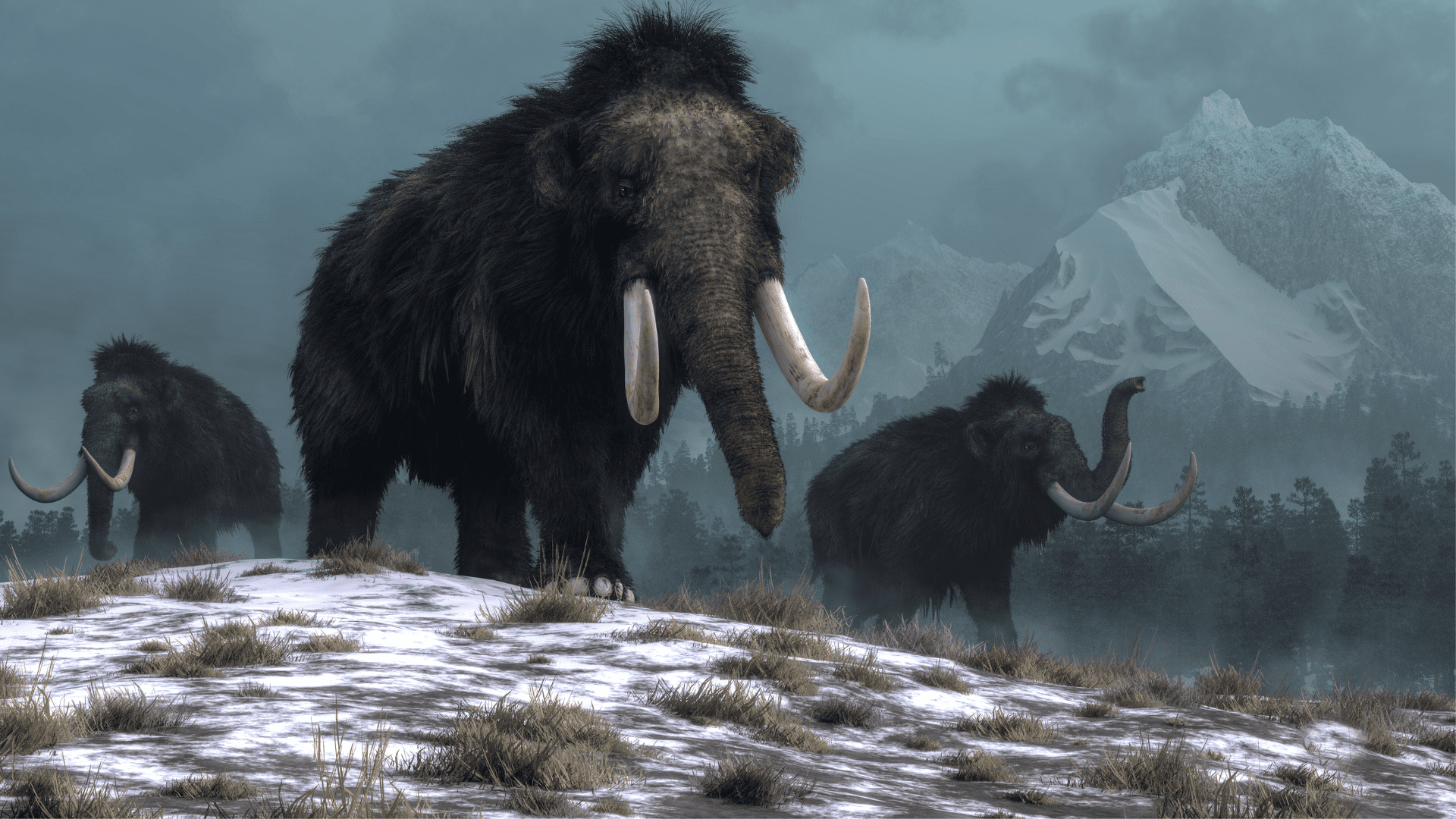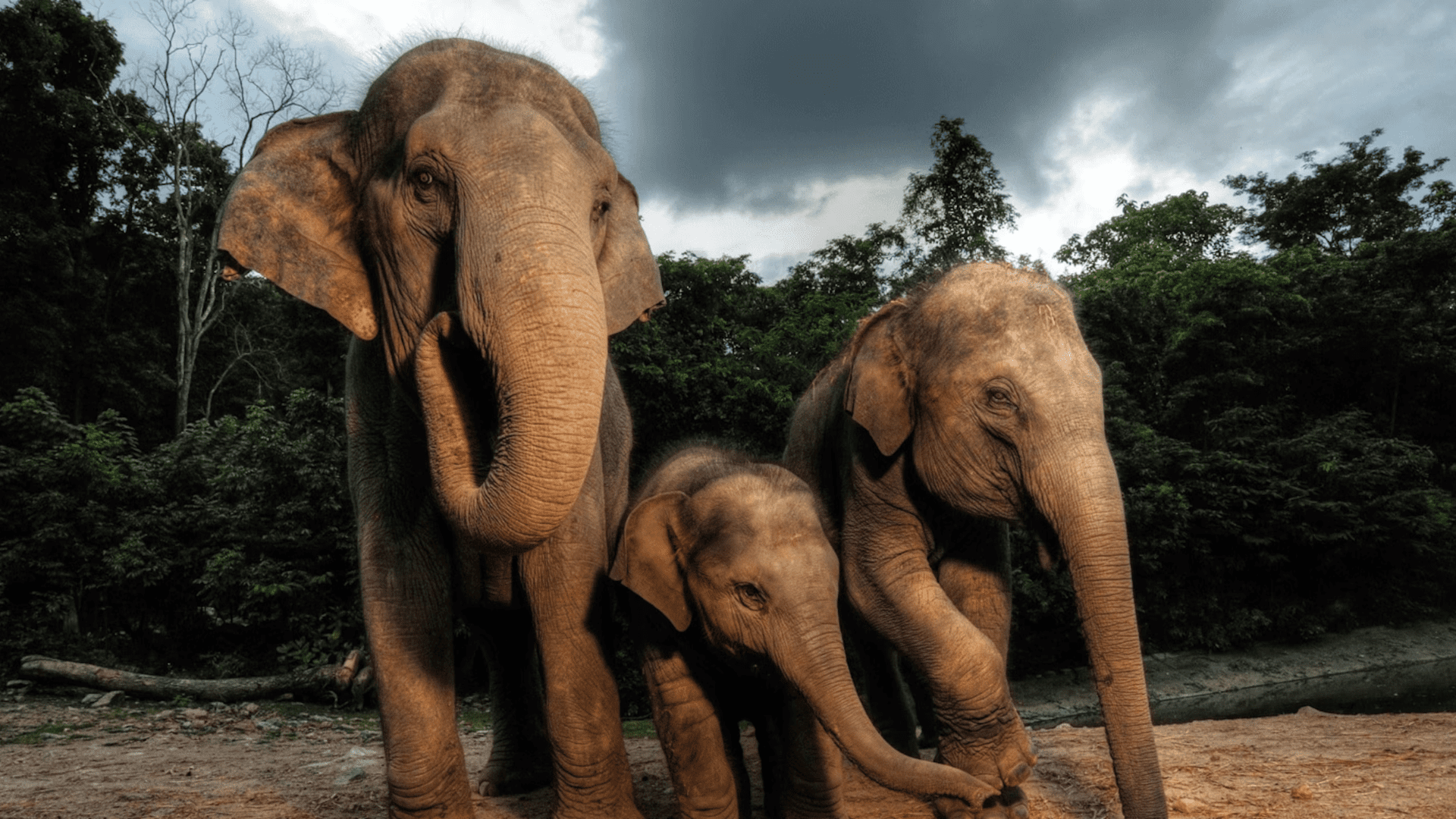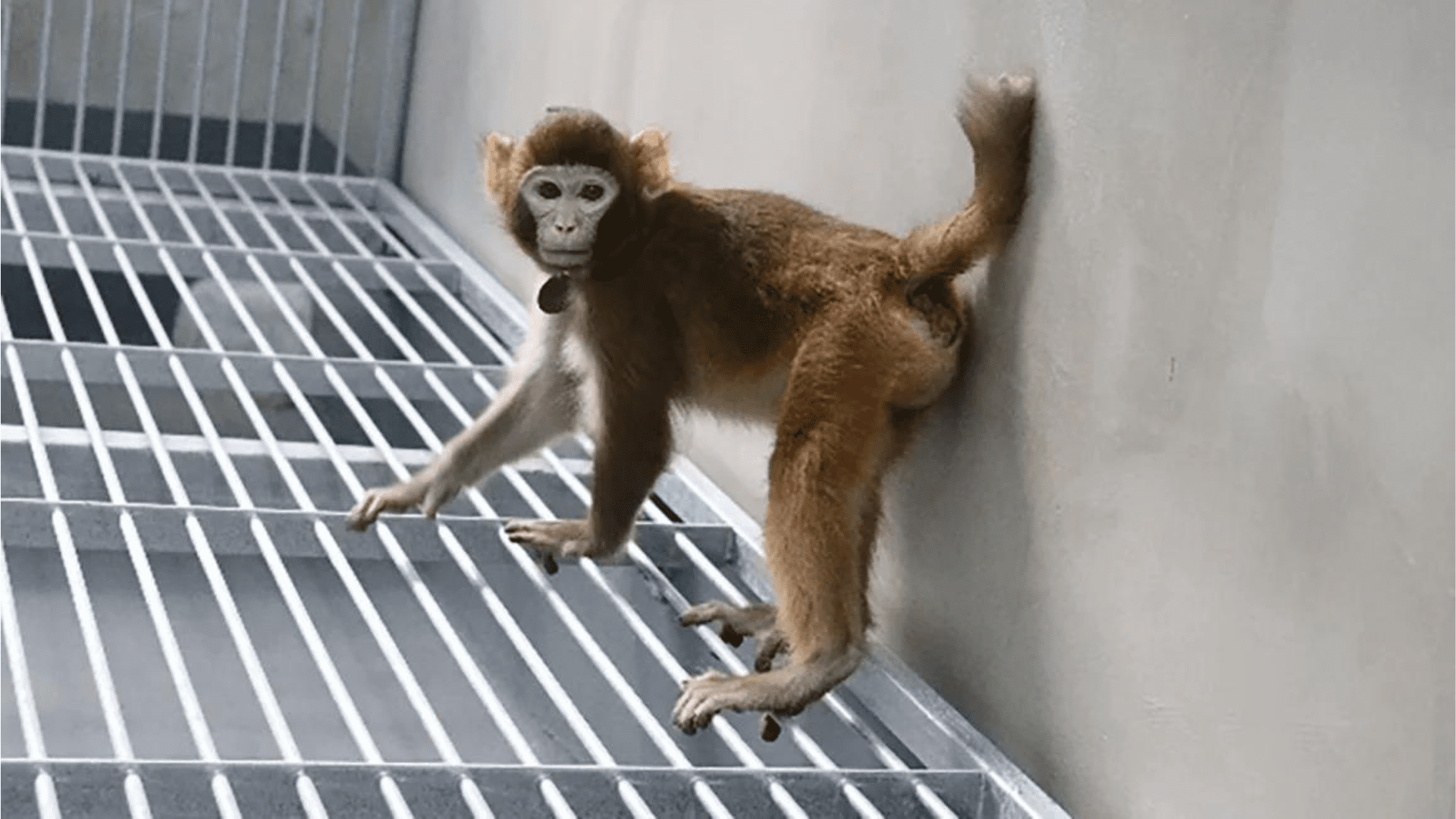A biotech company took a big step towards bringing back the extinct woolly mammoth. Colossal Bioscience created a stem cell for the closest living relative to the mammoth. It’s a miraculous milestone in scientific advancements, but some are saying it’s unethical.
There are still ways to go to potentially bring the woolly mammoth back to the world, but not without raising questions.
Reviving Extinct Animals

Colossal Biosciences goes beyond bringing the woolly mammoth back to life. They set their eyes on other extinct animals back to life including the dodo bird. The woolly mammoth is a big, shaggy species that went extinct thousands of years ago. They’re also distant relatives of the modern-day elephant. To do this, the company uses the latest cloning and genetic engineering techniques.
At this moment, the woolly mammoth is at the top of their priority list, which has been a goal since 2021 when the company first announced its mission to revive the mammoth. While there is still a lot of work, the milestone is significant. For the first time, scientists developed induced pluripotent stem cells for their closest living relative: the Asian elephant. The company plans to outline the work in a paper once the work is peer-reviewed.
Elephant to Mammoth
The creation of the stem cells is a stepping stone towards herds of woolly mammoths roaming the wild. A major step is all it is according to the Co-founder of Colossal George Church. He said, “This is kind of like asking Neil Armstrong if he plans to go to Mars — kind of misses the point he just landed on the moon on Apollo 11.”
Explore Tomorrow's World from your inbox
Get the latest science, technology, and sustainability content delivered to your inbox.
I understand that by providing my email address, I agree to receive emails from Tomorrow's World Today. I understand that I may opt out of receiving such communications at any time.
Scientists want to use the latest cloning and gene techniques to manipulate stem cells. They hope to one day create an elephant with the key traits of a woolly mammoth. For example, an elephant with heavy coats of fur and multiple layers of fat to keep them warm in cold environments. According to Church, they aren’t looking for the perfect clone of a mammoth. There are some traits they want the newly cloned beast to have that the mammoth didn’t. “Like we want them to be resistant to the herpesvirus that is causing a huge fraction of infant elephants to die,” said Church.

Ethical Disagreements
“First of all, I think you’re going to get a bit of a freak show in a zoo somewhere,” said professor of geosciences at the University of Arizona Karl Flessa, “And then if you’re going to release a herd into the Arctic tundra, is that herd going to go marching off to its second extinction in the face of global warming?”
While Flessa objects to the company’s efforts, Church and his team defended the cloning process. Church said their intention is not to have a lonely, cloned mammoth roam the tundra. “It’s to have them fully socialized in large herds.” Colossal scientists believe the mammoth program can help expand the endangered Asian elephant’s habitat and help them study the animal. Church said, “Some people think it’s a bad idea because it takes money away from conservation efforts, when in fact we’re injecting money into conservation efforts.”
But, others disagree. Associate professor of biology at Carleton University in Ottawa, Canada Joseph Bennet said, “Bringing that back as something that would somehow be portrayed as conservation would be a difficult sell on my part.” While some scientists believe it’s an unethical process, others say it’s a scientific breakthrough. The director of conservation genetics at the San Diego Zoo Wildlife Alliance Owen Ryder said the cells can be used to study biology, reproduction, and an elephant’s health.
He said, “There’s an enormous potential.”







